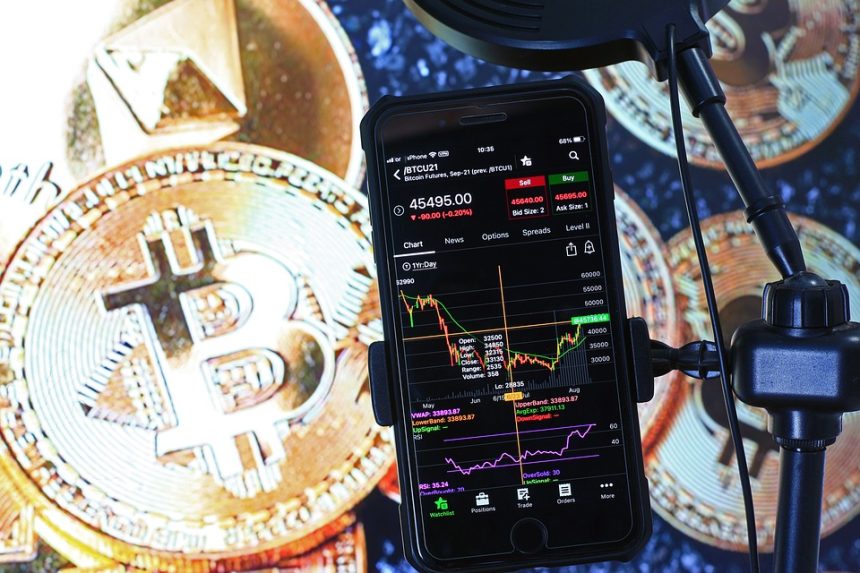As the world grapples with the dual challenges of climate change and resource depletion, innovative frameworks for sustainability are emerging. One such framework is the circular economy, which aims to minimize waste and make the most of available resources. Central to the success of a circular economy is transparency, traceability, and trust—the very qualities that blockchain technology can offer. This article explores the synergy between blockchain and the circular economy, highlighting its role in fostering sustainable practices and innovations.
Understanding the Circular Economy
The circular economy is an alternative to the traditional linear economy, which follows a "take-make-dispose" model. In a circular economy, resources are kept in use for as long as possible, products are designed for longevity and ease of repair, and waste is minimized or repurposed. This model not only reduces environmental impact but also can lead to economic savings and new business opportunities.
The Promise of Blockchain Technology
Blockchain is a decentralized digital ledger technology that enables secure, transparent, and tamper-proof transactions. It has emerged as a groundbreaking tool across various industries due to its ability to foster trust among participants who may not know or trust each other. The characteristics of blockchain that make it particularly suitable for supporting a circular economy include:
-
Transparency: All transactions are recorded on a public ledger, providing end-to-end visibility throughout the supply chain. This transparency is crucial for tracking resources and verifying sustainable practices.
-
Traceability: Blockchain allows for precise tracking of products from their origin to the end user. This traceability can help ensure that materials are sourced sustainably and that they can be effectively recycled or repurposed.
-
Smart Contracts: These self-executing contracts with the terms of the agreement directly written into code can automate processes, reducing the need for intermediaries and increasing efficiency.
- Decentralization: By removing the need for a central authority, blockchain fosters collaboration among different stakeholders, including producers, consumers, recyclers, and regulators.
Innovations Integrating Blockchain and Circular Economy Principles
Several innovative applications illustrate how blockchain can enhance the circular economy:
1. Supply Chain Management
One of the most promising applications of blockchain is in supply chain management. Companies are using blockchain to create immutable records of product provenance, helping consumers make informed choices about the products they purchase. For instance, brands in the fashion industry can provide transparency about the origins of their materials, employee working conditions, and environmentally responsible practices, thereby enhancing consumer trust.
2. Recycling and Waste Management
Blockchain can streamline processes in recycling and waste management by providing a transparent platform for tracking recyclable materials. For instance, organizations can incentivize consumers to return used products through token-based rewards that are tracked on the blockchain. This creates a closed-loop system where materials are reused, thereby reducing the need for new resource extraction.
3. Impact Measurement and Reporting
Measuring the impact of sustainability initiatives can be challenging. Blockchain can facilitate the collection and verification of environmental data. Companies can record energy savings, carbon offsetting actions, and other sustainability metrics on the blockchain, ensuring that the data is credible and can be audited by third parties. This not only helps organizations demonstrate their commitment to sustainability but also encourages accountability.
4. Decentralized Energy Grids
In the renewable energy sector, blockchain is enabling decentralized energy trading platforms, allowing households and businesses to buy and sell surplus energy independently. This promotes the use of renewable energy sources, supports energy efficiency, and empowers local communities to engage in sustainable practices.
5. Product-as-a-Service Models
The shift from ownership to service-based models is a defining feature of a circular economy. Blockchain can facilitate these models by securely tracking product usage. For example, companies can offer products as a service, with real-time data on product performance and condition recorded on the blockchain. This allows for timely maintenance and repairs, increasing product longevity and reducing waste.
Challenges and Considerations
While the intersection of blockchain technology and the circular economy presents significant opportunities, it is not without challenges. Issues such as energy consumption of blockchain networks, potential data privacy concerns, and the need for regulatory frameworks must be addressed to harness its full potential. Additionally, collaboration among stakeholders on standards and practices for blockchain applications is essential to ensure a cohesive approach to sustainability.
Conclusion
The role of blockchain in the circular economy represents a transformative shift toward sustainable practices that benefit both businesses and the environment. By enhancing transparency, traceability, and efficiency, blockchain technology can drive innovations that support resource conservation, reduce waste, and promote responsible consumption. As we continue to explore and refine these applications, a collaborative effort that prioritizes sustainability, transparency, and trust will be crucial in paving the way for a circular economy that fosters a more sustainable future for generations to come.





